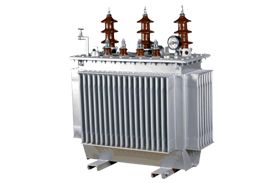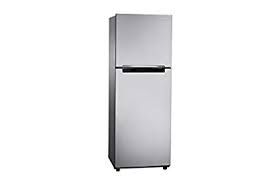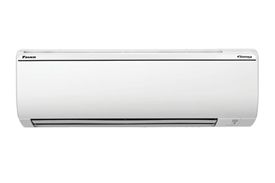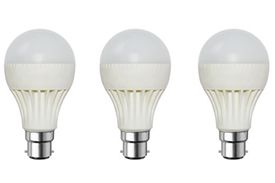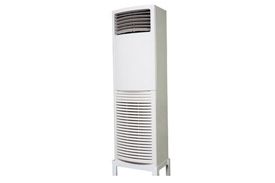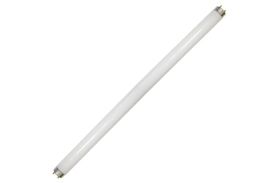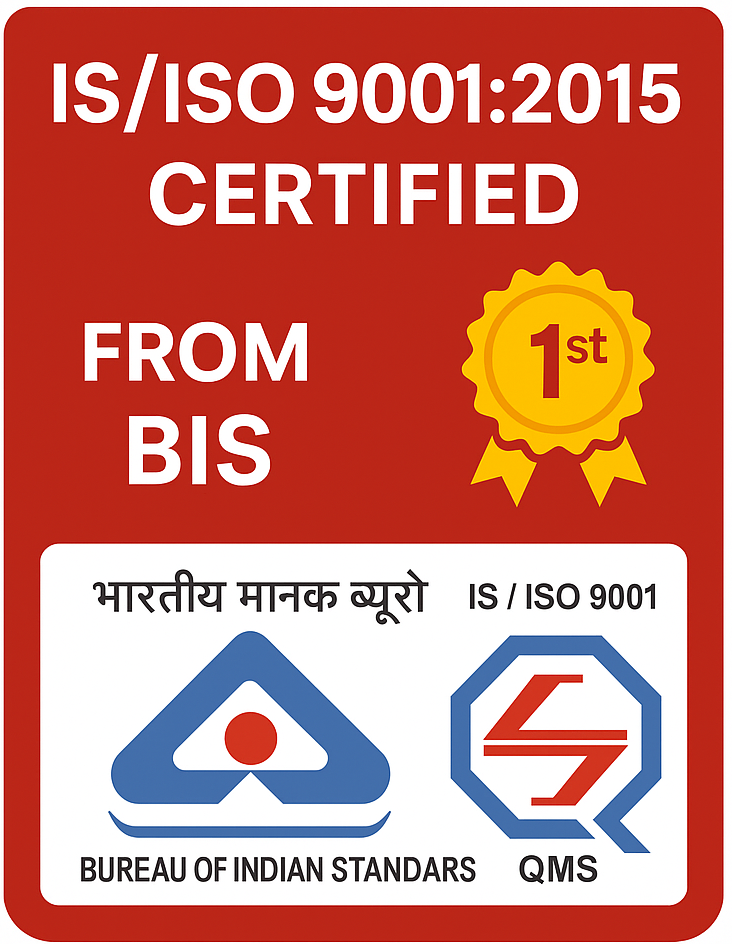
- Introduction
- Registration Process
- Required Documents
- Costing And Timeline
- Validity And Renewal
- Product List
The Government of Indian established the Bureau of energy Efficiency (BEE) in the year 2002 in accordance with the provisions of the Energy conservation Act 2001. Saving energy and cost are the main objectives of BEE. There is a list of items that has been prepared by the Government of India. These items need to have a star rating. The label representing these star ratings indicate the performance of the product with regards to energy saving. These star ratings therefore, act as a guide for the customer, who are able to choose the products which offer greater energy saving. Less energy consumption directly translates into lower electricity bills, thereby lower the cost or expense of the customers.
There are certain products which have to get the BEE registration on a mandatory basis. The rest of the electric products can get the same voluntarily. The main aim of BEE is to achieve the following goals:
- Improve energy management and increase initiatives for energy conservation on a national level.
- Monitor effects of energy efficiency processes and policies on a macro level.
- Channelize funds for implementing the policies of Energy Efficiency Act.
- Preparation and management of various programs for energy conservation.
The process for getting this registration includes two most important steps:
- To get the products tested correctly and from the authorized labs only.
- Collection, preparation and submission of all the required documents in the correct format.
Both of the above processes can be time consuming and a small mistake in the same can result in your application for BEE registration getting rejected.
The Government of Indian established the Bureau of energy Efficiency (BEE) in the year 2002 in accordance with the provisions of the Energy conservation Act 2001. Saving energy and cost are the main objectives of BEE. There is a list of items that has been prepared by the Government of India. These items need to have a star rating. The label representing these star ratings indicate the performance of the product with regards to energy saving. These star ratings therefore, act as a guide for the customer, who are able to choose the products which offer greater energy saving. Less energy consumption directly translates into lower electricity bills, thereby lower the cost or expense of the customers.
There are certain products which have to get the BEE registration on a mandatory basis. The rest of the electric products can get the same voluntarily. The main aim of BEE is to achieve the following goals:
- Improve energy management and increase initiatives for energy conservation on a national level.
- Monitor effects of energy efficiency processes and policies on a macro level.
- Channelize funds for implementing the policies of Energy Efficiency Act.
- Preparation and management of various programs for energy conservation.
The process for getting this registration includes two most important steps:
- To get the products tested correctly and from the authorized labs only.
- Collection, preparation and submission of all the required documents in the correct format.
Both of the above processes can be time consuming and a small mistake in the same can result in your application for BEE registration getting rejected.
The Government of Indian established the Bureau of energy Efficiency (BEE) in the year 2002 in accordance with the provisions of the Energy conservation Act 2001. Saving energy and cost are the main objectives of BEE. There is a list of items that has been prepared by the Government of India. These items need to have a star rating. The label representing these star ratings indicate the performance of the product with regards to energy saving. These star ratings therefore, act as a guide for the customer, who are able to choose the products which offer greater energy saving. Less energy consumption directly translates into lower electricity bills, thereby lower the cost or expense of the customers.
There are certain products which have to get the BEE registration on a mandatory basis. The rest of the electric products can get the same voluntarily. The main aim of BEE is to achieve the following goals:
- Improve energy management and increase initiatives for energy conservation on a national level.
- Monitor effects of energy efficiency processes and policies on a macro level.
- Channelize funds for implementing the policies of Energy Efficiency Act.
- Preparation and management of various programs for energy conservation.
The process for getting this registration includes two most important steps:
- To get the products tested correctly and from the authorized labs only.
- Collection, preparation and submission of all the required documents in the correct format.
Both of the above processes can be time consuming and a small mistake in the same can result in your application for BEE registration getting rejected.
The Government of Indian established the Bureau of energy Efficiency (BEE) in the year 2002 in accordance with the provisions of the Energy conservation Act 2001. Saving energy and cost are the main objectives of BEE. There is a list of items that has been prepared by the Government of India. These items need to have a star rating. The label representing these star ratings indicate the performance of the product with regards to energy saving. These star ratings therefore, act as a guide for the customer, who are able to choose the products which offer greater energy saving. Less energy consumption directly translates into lower electricity bills, thereby lower the cost or expense of the customers.
There are certain products which have to get the BEE registration on a mandatory basis. The rest of the electric products can get the same voluntarily. The main aim of BEE is to achieve the following goals:
- Improve energy management and increase initiatives for energy conservation on a national level.
- Monitor effects of energy efficiency processes and policies on a macro level.
- Channelize funds for implementing the policies of Energy Efficiency Act.
- Preparation and management of various programs for energy conservation.
The process for getting this registration includes two most important steps:
- To get the products tested correctly and from the authorized labs only.
- Collection, preparation and submission of all the required documents in the correct format.
Both of the above processes can be time consuming and a small mistake in the same can result in your application for BEE registration getting rejected.
The Government of Indian established the Bureau of energy Efficiency (BEE) in the year 2002 in accordance with the provisions of the Energy conservation Act 2001. Saving energy and cost are the main objectives of BEE. There is a list of items that has been prepared by the Government of India. These items need to have a star rating. The label representing these star ratings indicate the performance of the product with regards to energy saving. These star ratings therefore, act as a guide for the customer, who are able to choose the products which offer greater energy saving. Less energy consumption directly translates into lower electricity bills, thereby lower the cost or expense of the customers.
There are certain products which have to get the BEE registration on a mandatory basis. The rest of the electric products can get the same voluntarily. The main aim of BEE is to achieve the following goals:
- Improve energy management and increase initiatives for energy conservation on a national level.
- Monitor effects of energy efficiency processes and policies on a macro level.
- Channelize funds for implementing the policies of Energy Efficiency Act.
- Preparation and management of various programs for energy conservation.
The process for getting this registration includes two most important steps:
- To get the products tested correctly and from the authorized labs only.
- Collection, preparation and submission of all the required documents in the correct format.
Both of the above processes can be time consuming and a small mistake in the same can result in your application for BEE registration getting rejected.
The Government of Indian established the Bureau of energy Efficiency (BEE) in the year 2002 in accordance with the provisions of the Energy conservation Act 2001. Saving energy and cost are the main objectives of BEE. There is a list of items that has been prepared by the Government of India. These items need to have a star rating. The label representing these star ratings indicate the performance of the product with regards to energy saving. These star ratings therefore, act as a guide for the customer, who are able to choose the products which offer greater energy saving. Less energy consumption directly translates into lower electricity bills, thereby lower the cost or expense of the customers.
There are certain products which have to get the BEE registration on a mandatory basis. The rest of the electric products can get the same voluntarily. The main aim of BEE is to achieve the following goals:
- Improve energy management and increase initiatives for energy conservation on a national level.
- Monitor effects of energy efficiency processes and policies on a macro level.
- Channelize funds for implementing the policies of Energy Efficiency Act.
- Preparation and management of various programs for energy conservation.
The process for getting this registration includes two most important steps:
- To get the products tested correctly and from the authorized labs only.
- Collection, preparation and submission of all the required documents in the correct format.
Both of the above processes can be time consuming and a small mistake in the same can result in your application for BEE registration getting rejected.
OTHER GENERAL INFORMATION
Affirmation and Renewing - Following its initial three-year expiration, BEE Registration can be renewed. A minimal amount of paperwork and money are required for renewal.
BEE labelling confirmation consist of:
- Chinese OEM - Any executive of an Indian OEM or brand owner must get an authorization letter from his employer in order to be designated as an authorized signatory for BEE-related duties.
- Foreign OEM - It is necessary for a foreign manufacturer to designate an Indian business entity as its authorized Indian representative and signatory (AIR). This company, which is based in India, allows any Executive to become AIR.
What is BEE labeling confirmation?
- Submission of a BEE label sample, if necessary.
- BEE's approval of the specimen.
- The product will prominently display the logo.
- Submit to BEE, with proper certification from an independent Chartered Accountant, information about registered model-wise statistics of products made or imported on a quarterly basis.
- Make sure a registered model is offered for sale on the market for at least a year. In this time, the model cannot be withdrawn.
- Provide BEE with specifics about the location and availability of the model in the nation.
- If no production is carried out within the first six months of the license being granted, the permittee is required to revalidate and inform BEE that production has begun, at which point criterion 'c' above would be applicable. This process would continue for a maximum of three years or until the label was still valid.
- The tested samples must be returned within 15 days after the date the test report was issued. No claims will be considered after the lab reserves the right, in accordance with its policy, to destroy the sample after 15 days.
- Additionally, the sample could sustain entire or partial damage while being tested. Any claim in this regard will not be considered by Lab or Evtl India.
BEE REGISTRATION

